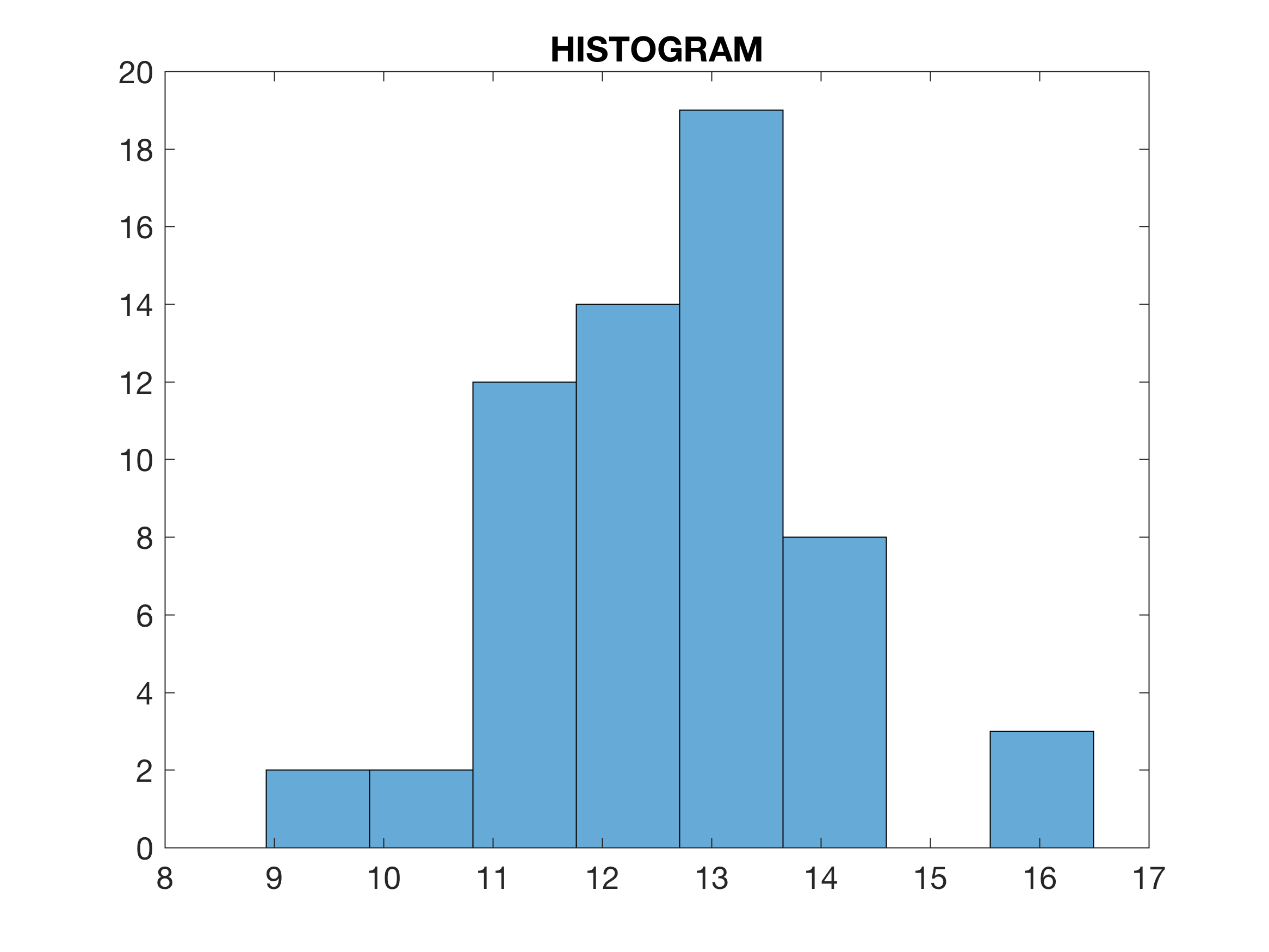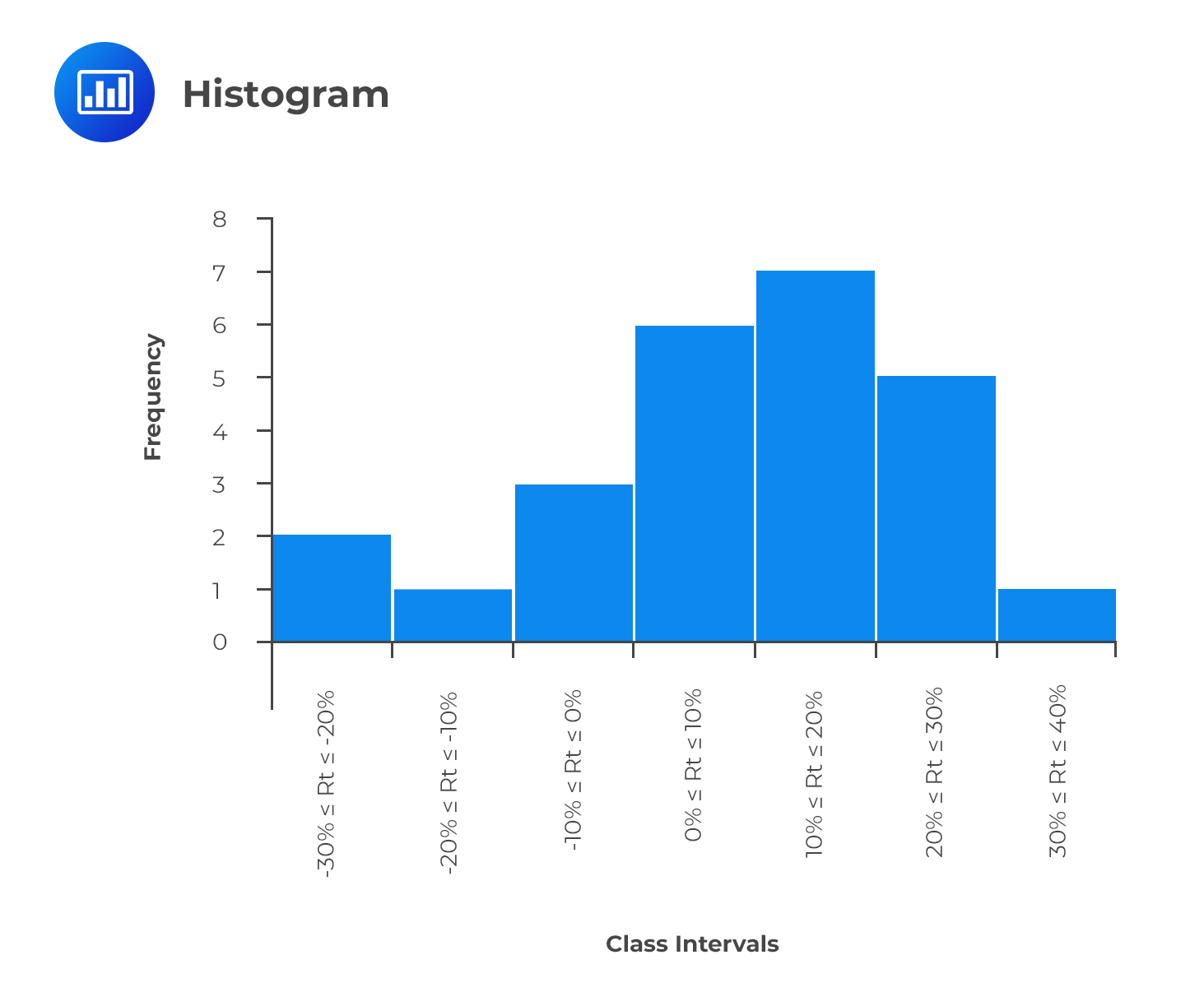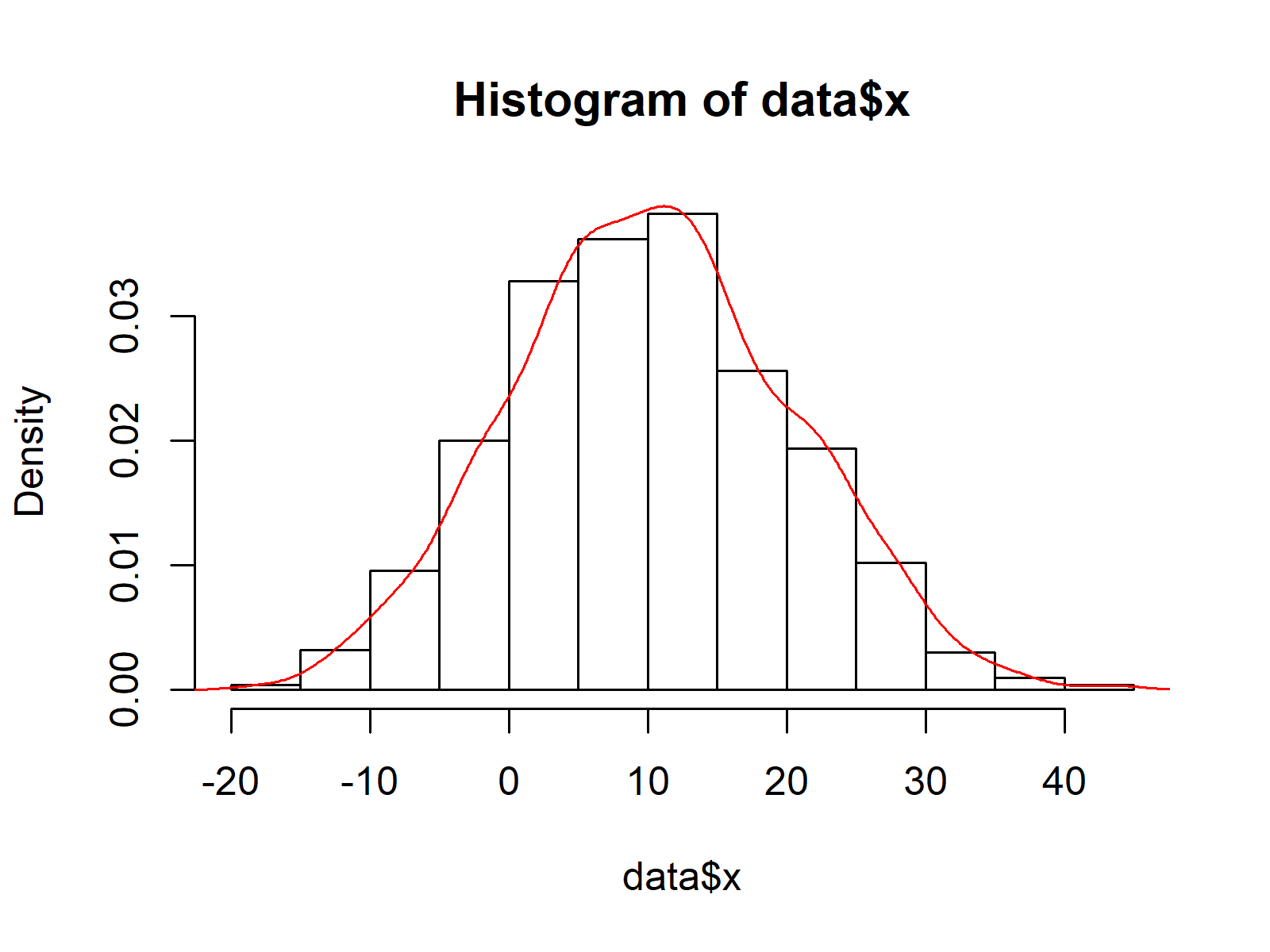Favorite Info About When Not To Use Histogram Python Seaborn Line Plot

Taller bars show that more data falls in that range.
When not to use histogram. It also helps to visualize whether the distribution is symmetric or skewed left or right. Under some simple conditions it is consistent. Highlight the data range you want to analyze.
The table shows the ages of 25 children on a school trip. Here's how we make a histogram: The histogram is a very simple density estimator, simple enough to teach to mathematically naive students.
The breakdown of salaries within an organization with the ability to see how balanced your pay scale is, or the count of bank members that have x amount of dollars in their accounts The histogram refers to a graphical representation that shows data by way of bars to display the frequency of numerical data whereas the bar graph is a graphical representation of data that uses bars to compare different categories of data. Histogram | introduction to statistics | jmp.
You also learn when to use a histogram to show the distribution of data and support your other calculations. Difference between histogram and bar graph. Also bar graphs have spacing between the bars, and histograms don't have spacing.
Understanding their differences is important, so you know when to use each one and accurately convey—or consume—the insights they contain. A histogram displays the shape and spread of continuous sample data. A histogram is a graphical representation of a grouped frequency distribution with continuous classes.
It can also show any outliers or gaps in the data. A histogram is a plot that lets you discover, and show, the underlying frequency distribution (shape) of a set of continuous data. A histogram is the most commonly used graph to show frequency distributions.
A histogram is a graph that uses bars to show the distribution of a data set. A histogram is a vertical bar chart that depicts the distribution of a set of data. You should use a histogram if:
Use histograms when you have continuous measurements and want to understand the distribution of values and look for outliers. The term was first introduced by karl pearson. Histograms are particularly problematic when you have a small sample size because its appearance depends on the number of data points and the number of bars.
A histogram is a visual representation of the distribution of quantitative data. Histograms are good for showing general distributional features of dataset variables. A qualitative variable is a category that can only be expressed in words.
Histograms are very similar to bar graphs, but there are some differences. Histograms help you see the center, spread and shape of a set of data. In a histogram, each bar groups numbers into ranges.














:max_bytes(150000):strip_icc()/Histogram1-92513160f945482e95c1afc81cb5901e.png)

:max_bytes(150000):strip_icc()/800px-Histogram_of_arrivals_per_minute-d887a0bc75ab42f1b26f22631b6c29ca.png)






